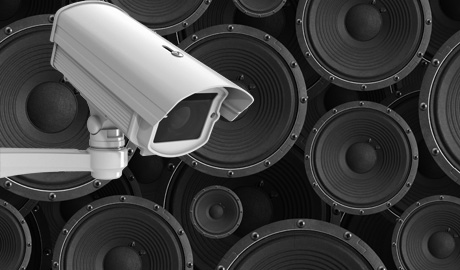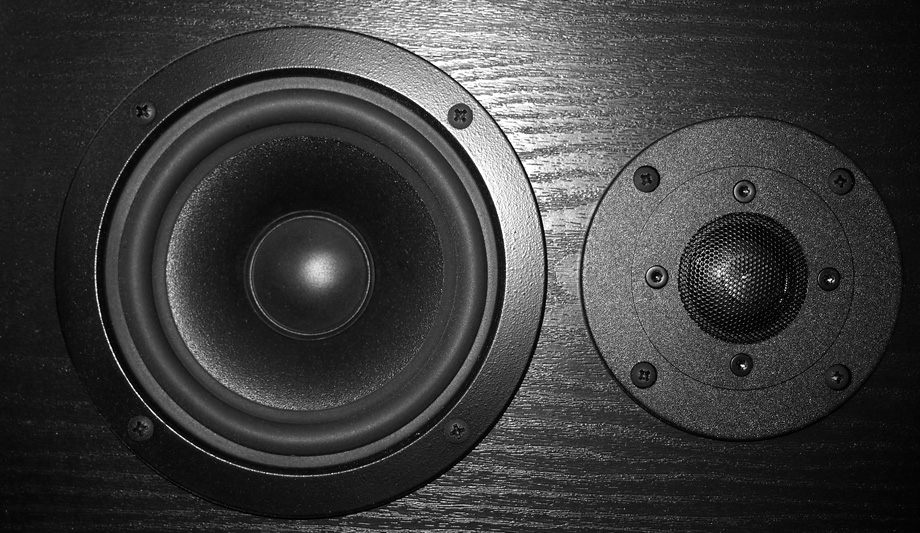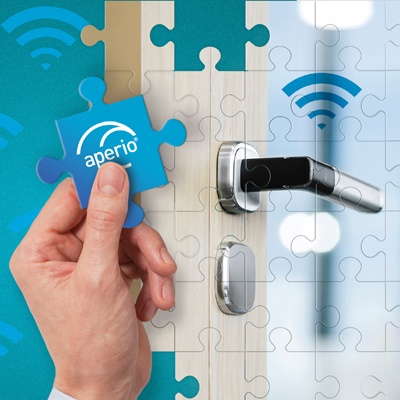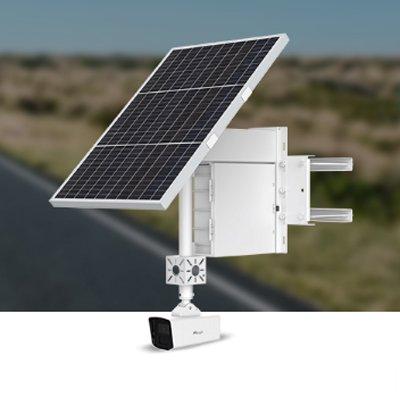Twenty years ago, IP network cameras launched a revolution in video surveillance. Today, network audio systems are about to do the same for the speaker market.
Back in 1996, the predominant video cameras were analogue. They weren’t intelligent. They required an expensive and complex head-end of recording and monitoring systems. And their scalability was limited. When IP video systems came on the market they provided a much more scalable solution, one with powerful, native intelligence and most the functionality residing in-camera. It’s no wonder that analogue sales are waning while IP network sales are overtaking the industry.
A similar supplanting of technology seems inevitable for speaker systems as well. Today’s speakers are relatively inexpensive and “dumb” devices. They have no local intelligence. They require complex head-end equipment – mixers, amplifiers, etc. – that make them expensive and difficult to scale. Intelligent network audio systems, on the other hand, present a much more scalable solution. And like their IP camera counterparts, they provide far more power and functionality than what is currently on the market.
Replacing separate systems with an all-in-one solution
Initially, network audio systems will be targeted to the retail marketplace. Currently some retailers operate two separate speaker systems in their stores: one for broadcasting background music and one for announcements. The former is generally linked to a streaming or canned music source and the latter is usually tied to the Voice over IP (VoIP) telephone system. For businesses trying to protect their bottom line, maintaining and managing those two separate systems is a costly and inefficient proposition.
Retailers will find that the new, intelligent network audio system is a much better option. These all-in-one systems handle background music and announcements in a single, easily managed all-in-one solution.
 |
| Much like IP video cameras, IP network audio systems are intelligent devices |
Intelligent network audio systems
Much like IP video cameras, IP network audio systems are intelligent devices. They come as a complete audio solution in a single unit, including on-board intelligence, equaliser, amplifier, mixer, digital signal processor, microphone, power supply, and loudspeaker, as well as streaming functionality and network connectivity through a PoE port. They also come with built-in SIP support which makes it easy to integrate them with a company’s VoIP telephone system for live announcements. They have open API for integrating into different subsystems, or for having additional functionality running as an app on-board the speaker, making the network audio system future-proof and ready to support additional music streaming solutions.
- Installation: Installation is simple because these all-in-one solutions are pre-configured to work and sound great right out of the box. No extra hardware is needed, nor do they require any audio expertise to operate.
- High quality audio: As full-featured sound systems, intelligent network audio systems are designed to deliver high-quality music playback and clear speech announcements. Combining two functions in one unit makes managing announcements and background music simpler and helps retailers create a uniform atmosphere and consistent service policy across multiple store locations.
- Programmability: A manager can pre-program audio schedules centrally as well as adjust the timing and volume of music and live and pre-recorded voice announcements on the fly.
- Easy self-monitoring: The built-in microphone provides a way for retailers to verify that the speaker is operating properly. The speaker can send a test tone through the system which the built-in microphone will pick it up to verify functionality.
- Seamless integration: As IP-based technology, the intelligent network audio system easily integrates with other systems on the network. For instance, when tied into the store’s surveillance system, the cameras can trigger an alert to the audio system to play a welcome message when someone enters the store. A more advanced application might involve video analytics to detect a customer’s age and gender and trigger a command to the audio system to begin playing a certain type of music. Conversely, if a certain type of patron crosses the threshold the camera may trigger an alert to the audio system to stop streaming music altogether. Or if the camera analytics detects suspicious loitering, it can trigger an alert to the audio system to play a warning message.
 |
| Announcements can be scheduled or triggered by an event captured by a network surveillance camera, such as someone entering the store |
Scalable and customisable
Since the audio system is IP-based retailers can add or remove individual speakers from the network in an instant to accommodate changing needs.
- Versatile operating options: Because they are intelligent, programmable devices they can be addressed and controlled individually or in groups. Through a smart interface, a retailer can send a command to a single speaker or a unified command to multiple units simultaneously. By creating zones to address groups of loudspeakers a retailer can direct different background music, live or pre-recorded announcements or control and change the volume for each unit individually and/or synchronise music and announcements for different clusters.
- Multiple audio sources: The ability to play music is integral to intelligent network speakers. When it comes to sourcing that music, the devices leave the path wide open. Retailers can draw from the speakers’ preinstalled audio player application. They can create and schedule their own MP3 playlists from audio streaming services. Or they can air local playlists that they’ve compiled and stored on an SD card residing within the network audio system.
- Announcements can be scheduled from pre-recorded audio files or, as mentioned above, triggered by an event captured by a network surveillance camera.
On the horizon
In addition to being smarter, easier to manage, more cost-efficient, and more scalable than their dumb predecessors, these new intelligent network audio systems are designed on open platforms. This provides unlimited potential for integrating the sound system with a retailer’s other communications and security systems. It also opens up the possibilities for strategic deployments in other business sectors that would benefit from intelligent network audio systems such as schools, hospitals, and banks.
Building on the open platform design, third-party developers will be able to create add-on applications that will further increase the functionality and adoption of intelligent network audio systems across industries for many years to come.

























![[Download] Visitor Management: A Guide to Selecting and Employing a New Solution](https://www.sourcesecurity.com/img/news/612/hid-visitor-management-920.jpg)



